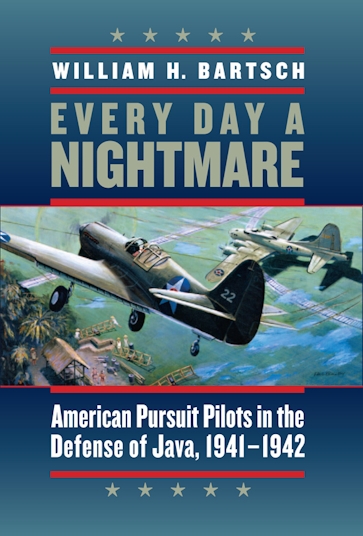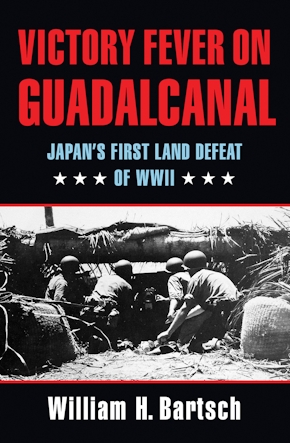Every Day a Nightmare
American Pursuit Pilots in the Defense of Java, 1941-1942
978-1-60344-176-6 Cloth
6 x 9 x 0 in
506 pp. 45 b&w photos. 15 tables. 7 Ma
Pub Date: 07/23/2010
Available
Williams-Ford Texas A&M University Military History Series
About the Author
Reviews
Published by Texas A&M University Press

